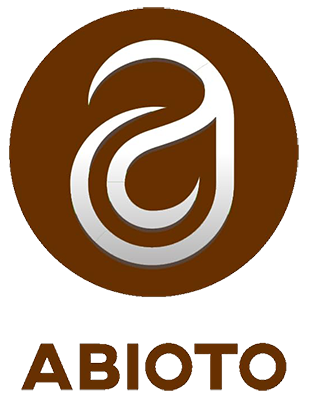Making delicious artisan bread at home can be easy and enjoyable with the right bread making supplies. Whether you are a beginner or an experienced baker, having the right ingredients and tools on hand is key to creating a beautiful and delicious loaf of bread. With Abioto’s range of bread making supplies, you can take your baking to the next level and make impressive loaves of artisan bread with ease. In this blog post, we’ll go over the essential bread making supplies you need to create stunning homemade bread.
The Essentials: Flour, Water, Salt, and Yeast
Flour, water, salt, and yeast are the four essential ingredients used in making bread. Each ingredient plays a critical role in the bread-making process, and understanding their functions can help you make better bread.- Flour: Flour is the foundation of bread, providing structure and texture. It contains gluten, a protein that gives bread its elasticity and helps it rise. Different types of flour can be used, such as all-purpose, bread, whole wheat, or rye, depending on the desired texture and flavor of the bread.
- Water: Water is needed to hydrate the flour and activate the yeast. It also helps to develop gluten and dissolve the salt, which improves the flavor of the bread.
- Salt: Salt is essential for flavor and also helps to regulate the fermentation process by slowing down the growth of yeast, which can prevent the bread from rising too quickly.
- Yeast: Yeast is a microorganism that ferments the dough, producing carbon dioxide gas that causes the bread to rise. Yeast is available in two main forms: dry yeast and fresh yeast. Dry yeast is the most commonly used and is easy to store and measure.
These four ingredients are essential for making bread, and understanding their roles in the process can help you make delicious bread at home.
The Dough: Kneading, Shaping, Baking
Once you have the essential ingredients of flour, water, salt, and yeast, the next step is to turn them into dough through kneading, shaping, and baking.- Kneading: Kneading is the process of working the dough to develop gluten and create a smooth, elastic texture. This can be done by hand or using a stand mixer with a dough hook. Kneading can take anywhere from 5-10 minutes, depending on the recipe and type of flour used.
- Shaping: Once the dough has been kneaded, it's time to shape it into the desired form. This could be a simple loaf or a more elaborate shape like a baguette or sourdough boule. Shaping is essential as it helps the dough maintain its structure during baking.
- Baking: Baking is the final step in the bread-making process. Preheat the oven to the recommended temperature and place the shaped dough onto a baking sheet or in a bread pan. Baking time will vary depending on the recipe and the size and shape of the bread. Once baked, remove the bread from the oven and let it cool on a wire rack before slicing and serving.
By following these three steps, you can turn the basic ingredients of flour, water, salt, and yeast into a delicious, fresh loaf of bread.
The Finishing Touches: Butter, Herbs, Seeds
While butter, herbs, and seeds are not essential ingredients for making bread, they can add flavor, texture, and visual appeal to your finished product.
Butter: Brushing melted butter on the crust of bread after baking can give it a golden, shiny appearance and add a subtle richness to the flavor. You can also mix softened butter with herbs or spices to create a flavorful spread for the bread.
Herbs: Adding herbs like rosemary, thyme, or basil to your bread dough before baking can add a delicious aroma and flavor to your bread. You can also sprinkle fresh herbs on top of the bread before baking or mix them into a butter spread for added flavor.
Seeds: Adding seeds like sesame, poppy, or sunflower to your bread dough before baking can add texture and crunch. You can also sprinkle seeds on top of the bread before baking or use them to coat the bread after brushing with egg wash. By experimenting with different herbs, seeds, and butter spreads, you can create unique and flavorful variations of your favorite bread recipes. In Summary, Besides the ingredients, the tools required for bread making include mixing bowls, measuring cups and spoons, a stand mixer with a dough hook (optional), a bread pan or baking sheet, and an oven. With these basic supplies and the knowledge of the bread-making process, anyone can make fresh, delicious bread at home. Bread making can be a fun and rewarding hobby that allows you to experiment with different types of flour, flavorings, and shapes. It's a skill that can be honed over time, and with practice, you can develop your own unique bread-making style and recipes with bread making supplies by Abioto.


